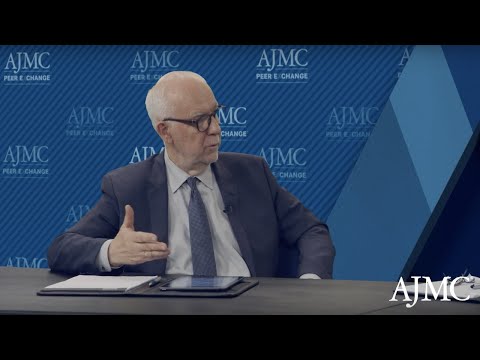
Hematology
Latest News
Latest Videos

CME Content
More News



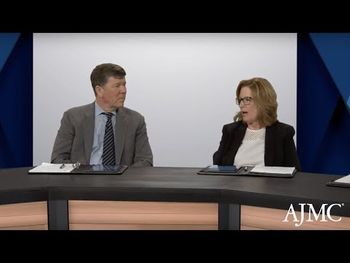

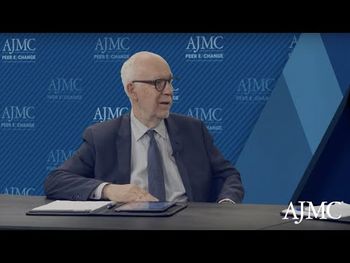
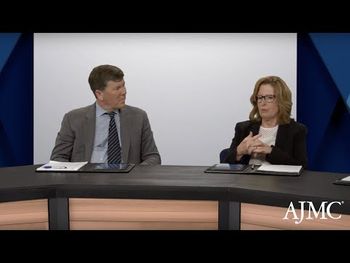
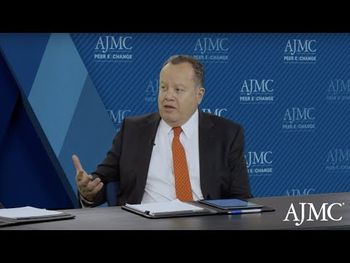

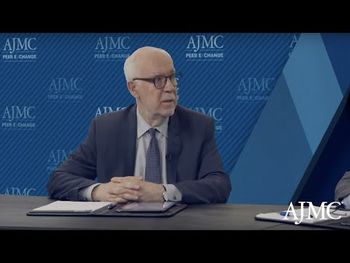
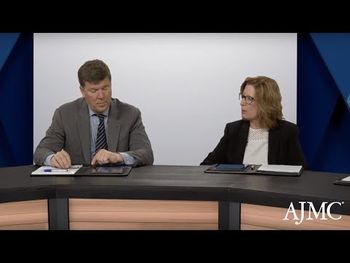
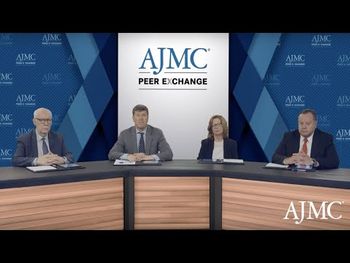

According to a new study, the speed at which older patients with blood cancers are able to walk nearly 13 feet (about 4 meters) contains important information about their overall health and may be able to help predict survival and unplanned hospital visits.

Based upon an agreement that study protocol would be revised, the FDA has removed the partial clinical hold it placed in March on CANOVA, a phase 3 clinical trial of venetoclax.

Early treatment, in comparison to deferred treatment, of patients with smoldering multiple myeloma could reduce progression and mortality.

Thomas Marsland, MD, medical oncologist, discusses his take on the CAR T-cell therapy reimbursement plan put forward by CMS.
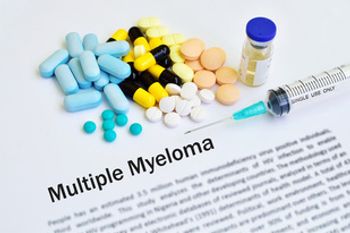
According to results from a randomized phase 3 trial presented at the American Society of Clinical Oncology’s recent annual meeting, the addition of isatuximab to pomalidomide and low-dose dexamethasone significantly improvement progression-free survival (PFS) and the overall response rate (ORR) in patients with relapsed or refractory multiple myeloma (RRMM).
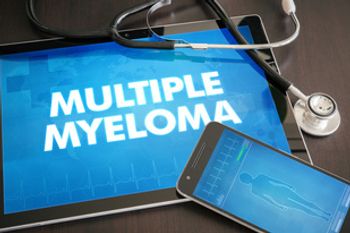
Survival of patients with multiple myeloma has continued to improve as treatments have evolved over time.

According to 2 abstracts presented at the 2019 American Society of Clinical Oncology Annual Meeting, multimorbidity, insurance status, and income may affect survival rates of patients with multiple myeloma.

The American Society of Clinical Oncology recently held its annual meeting in Chicago, Illinois. The meeting brought together oncologists, payers, and other stakeholders to discuss the latest updates and therapeutic advances in cancer care. Here are 5 of the biggest takeaways from the meeting.

The addition of daratumumab to standard treatment of lenalidomide and dexamethasone for patients with multiple myeloma, who were ineligible for autologous stem-cell transplant, was found to significantly lower the risk of disease progression or death compared with those who only received standard treatment.

According to results from a recent retrospective study, patients previously diagnosed with a hematologic malignancy were found to be at a higher risk of developing head and neck cancers compared with patients without a prior hematologic malignancy.
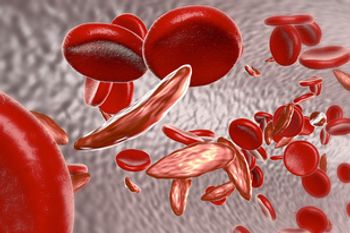
Analysis of findings from the Reasons for Geographic and Racial Differences in Stroke (REGARDS) study found no association between sickle cell trait and cognitive impairment.

As a precursor to myeloma, smoldering multiple myeloma (MM) currently has no treatment. In fact, the standard of care is observation until the patient starts to present with symptoms. However, according to new research that will be presented at the American Society of Clinical Oncology’s annual meeting in Chicago, Illinois, held May 31 to June 4, early treatment of smoldering MM may delay progression to full-blown disease.

Venetoclax (Venclexta) has received FDA approval in combination with obinutuzumab (Gazyva) for the treatment of adult patients with chronic lymphocytic leukemia (CLL) or small lymphocytic lymphoma (SLL), offering a chemotherapy-free regimen for patients with previously untreated disease.





